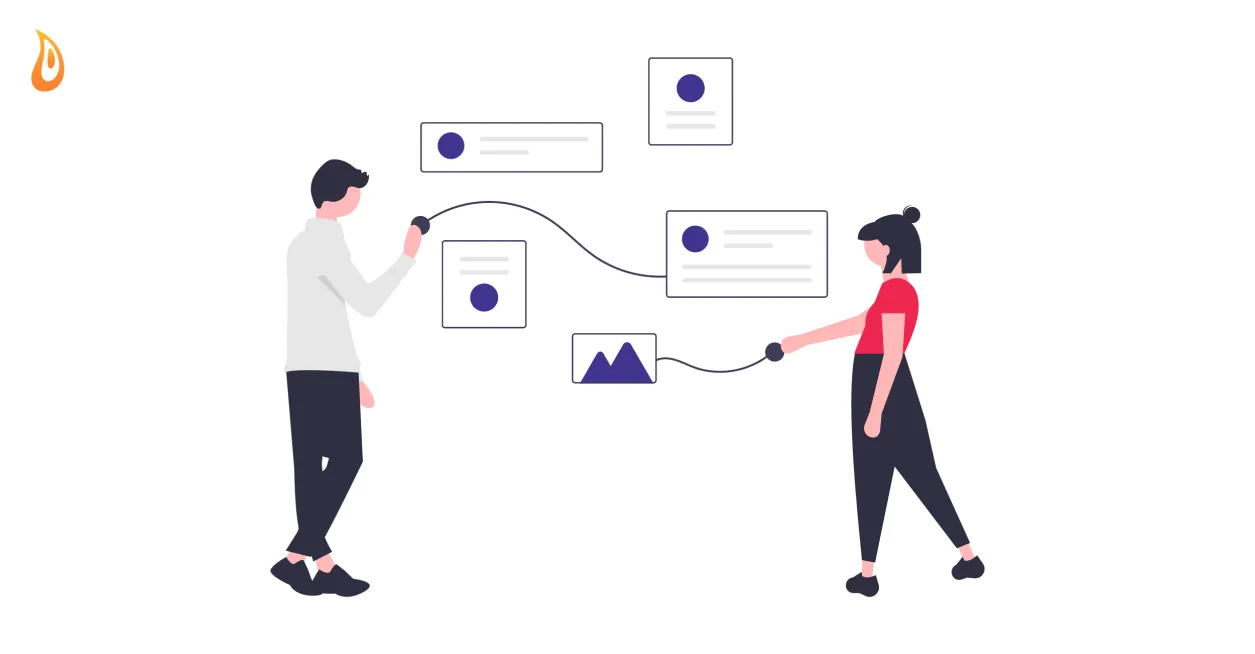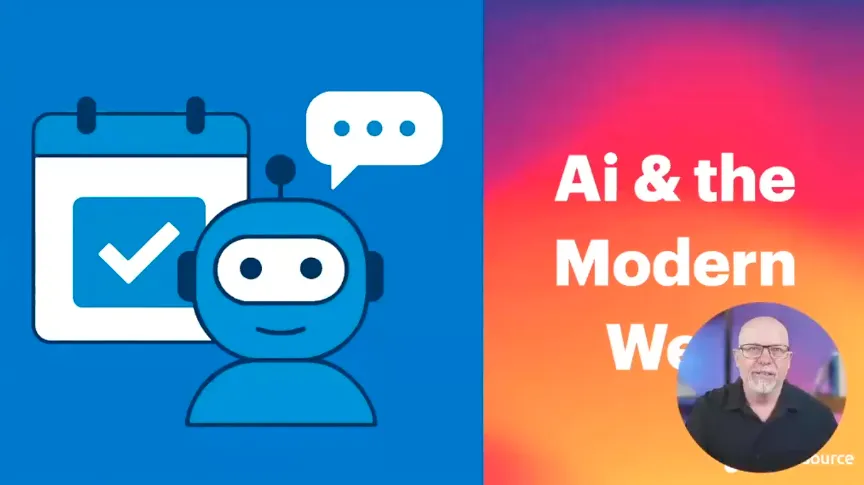5 Rules of Improv to Transform Meetings—and Strategy

Table of Contents
Takeaway: Applying improv principles like "Yes, AND," building on ideas, and fostering full participation can transform your meetings into collaborative, productive experiences. Ready to scale this energy to your organization’s strategy? Our Digital Strategy Workshops bring these principles to life, turning ideas into actionable plans for success.
For many, the realities of remote work have led to disengagement, stalled collaboration, and lost momentum. But it doesn’t have to be this way.
What if the same principles that drive the quick wit and creativity of improv comedy could breathe new life into your meetings—and even lay the foundation for game-changing strategies? Improv isn’t just about comedy; it’s a mindset for building collaboration, encouraging participation, and fostering creativity.
At Promet Source, we’ve seen how these principles elevate team dynamics.
In fact, they’re the heart of our Digital Strategy Workshops, where organizations move from disconnected ideas to cohesive, action-oriented plans. Let’s explore five rules of improv and how they can energize your meetings—and your approach to strategy.
Rule #1: Say "YES, AND"
The mantra of improv is "Yes, AND," a mindset of openness and collaboration. Rather than shutting down ideas with a "Yes, BUT," this principle encourages you to build on ideas—even if they seem unconventional at first.
In your meetings: Try responding with "Yes, AND" to keep the conversation moving forward and open the door to possibilities that might not emerge otherwise.
How it connects to strategy: At Promet, we embrace this mindset in our workshops by building on your team's ideas to co-create actionable strategies. When we help you envision your organization’s future, every idea has the potential to spark a breakthrough.
Rule #2: Build up, don’t break down
In improv, the scene falls apart when one participant shuts down another. Similarly, meetings lose momentum when negativity overrides creativity. Instead, keep the conversation moving by validating contributions and steering them toward productive outcomes.
In your meetings: Avoid phrases like "That won’t work" or "We’ve tried this before." Instead, frame challenges as opportunities: "This could work if we also consider..."
How it connects to strategy: Our workshops thrive on a build-up culture. Whether brainstorming a new website or designing user experiences, we focus on cultivating progress and fostering collaboration among diverse stakeholders.
Rule #3: Don’t ask questions—contribute new information
Questions in improv can stall the flow of creativity. Instead of interrogating an idea, contribute information that adds depth and moves the group closer to a solution.
In your meetings: Replace "How could we even make this work?" with "Here’s what we would need to make this happen." Shift the focus to solutions, not roadblocks.
How it connects to strategy: Our Digital Strategy Workshops turn questions into insights by helping you uncover user needs, define objectives, and align your team toward a shared vision.
Rule #4: No wrong answers
Improv thrives on the idea that every contribution is valuable. This principle encourages free-flowing brainstorming and ensures no one feels judged for sharing their thoughts.
In your meetings: Emphasize that all ideas are welcome. Create a safe environment where team members can freely contribute without fear of being wrong.
How it connects to strategy: In our workshops, we foster a "no wrong answers" environment to unlock innovative solutions. Whether through user-centered design or technical strategy, we turn diverse perspectives into tangible outcomes.
Rule #5: Everyone participates and brings their A-game
Great improv depends on everyone actively contributing their best. Meetings—and strategies—flourish when every participant is engaged, prepared, and valued.
In your meetings: Make sure everyone has a role. Set expectations that their voice matters and their contributions make a difference.
How it connects to strategy: Our workshops empower every stakeholder to bring their A-game. By leveraging collective expertise and encouraging full participation, we create strategies that truly align with your goals.
Move from meetings to momentum with Promet Source
Inspired to see the impact of collaboration in action? Take it one step further with Promet Source's Digital Strategy Workshops. By applying principles of collaboration and human-centered design, we help organizations like yours create purpose-driven strategies that lead to transformative results.
Other Insights & Resources you may like
Get our newsletter
Get weekly Drupal and AI technology advancement news, pro tips, ideas, insights, and more.




